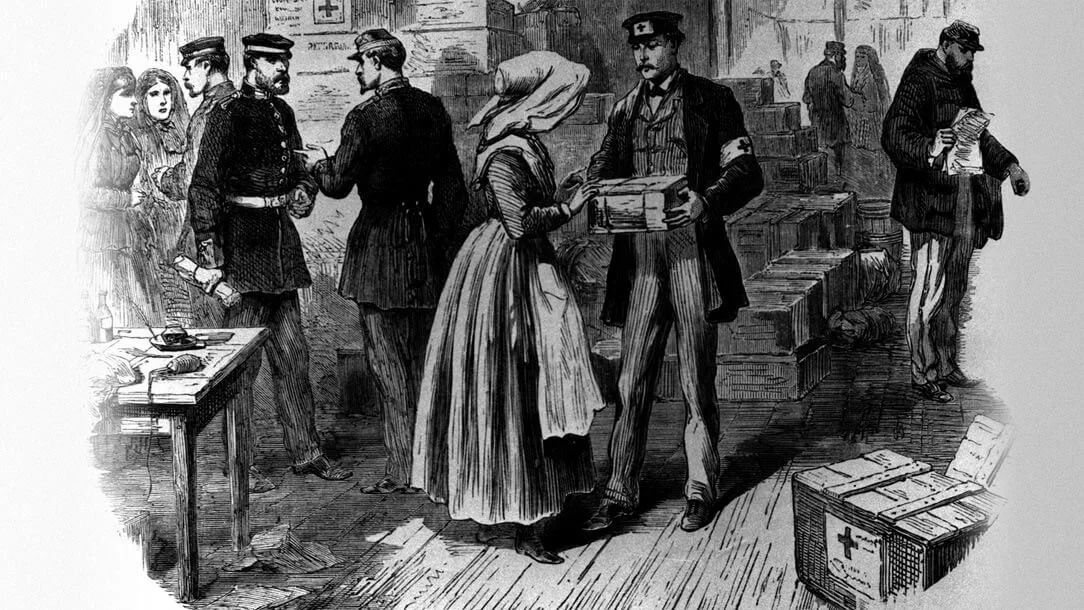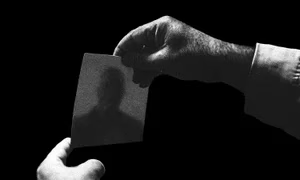The power of kindness that drives the Red Cross Movement dates back to its founding in 1863, inspired by Swiss businessman Henry Dunant. Witnessing the suffering of thousands of wounded soldiers during the Battle of Solferino in 1859, Dunant proposed forming national relief societies to offer neutral and impartial aid in times of war. These ideas led to the creation of the International Committee of the Red Cross in Geneva and the adoption of the first Geneva Convention in 1864, recognizing medical services on the battlefield.

Formation of the British Red Cross
In 1870, during the Franco-Prussian War, Colonel Loyd-Lindsay called for a similar society in Britain, leading to the formation of the British National Society for Aid to the Sick and Wounded in War. The society provided relief to soldiers on both sides of the conflict, operating under the protection of the Red Cross emblem. By 1905, the organization was renamed the British Red Cross, with its first Royal Charter granted in 1908 by King Edward VII.
Expansion of the British Red Cross
To fulfill its wartime responsibilities, the British Red Cross expanded by establishing a permanent structure of local branches across the country. In 1909, the Voluntary Aid Scheme introduced the formation of Voluntary Aid Detachments (VADs), ensuring that trained volunteers were ready to support medical forces during wartime, further cementing the Red Cross’s role in providing humanitarian aid.




